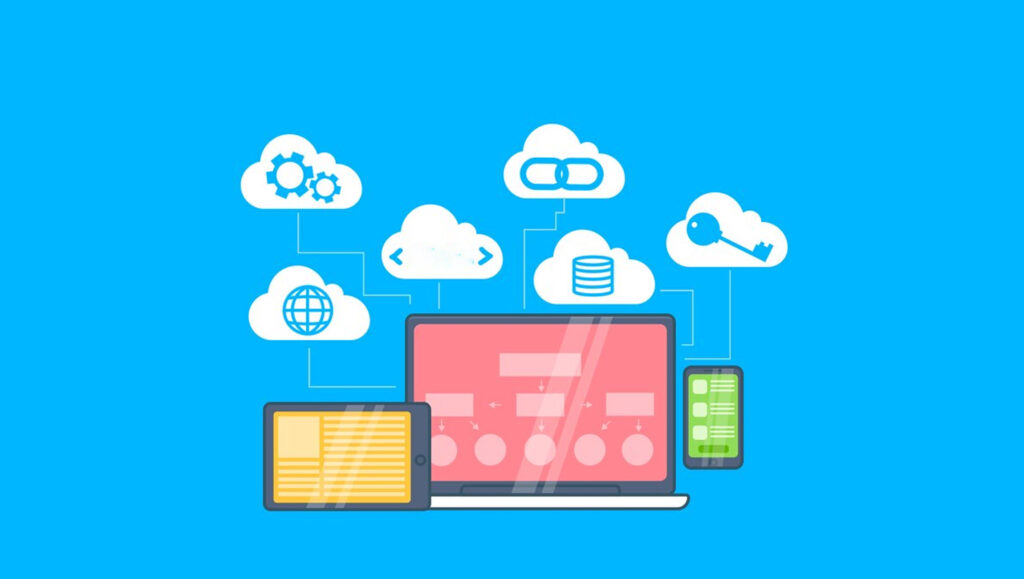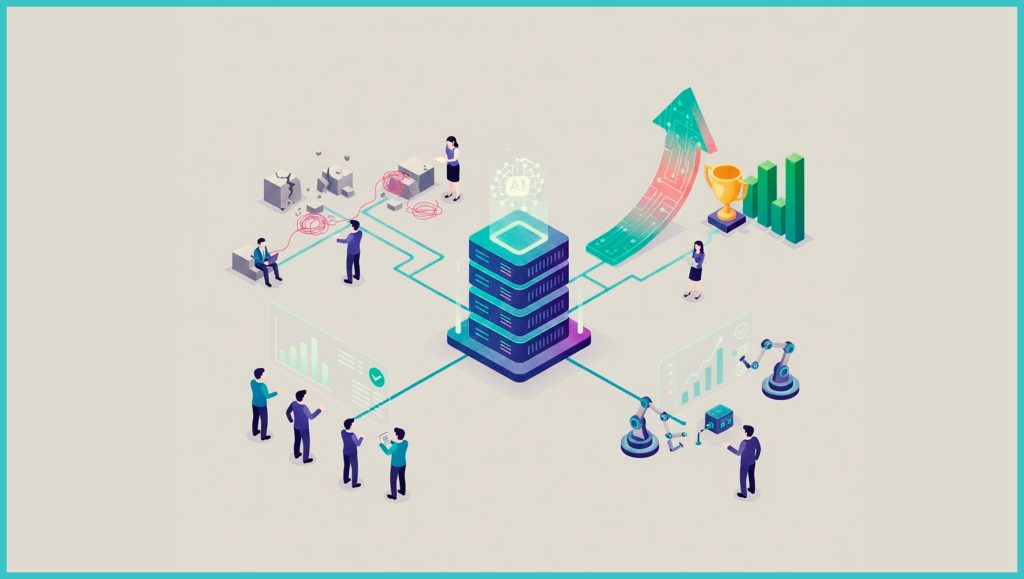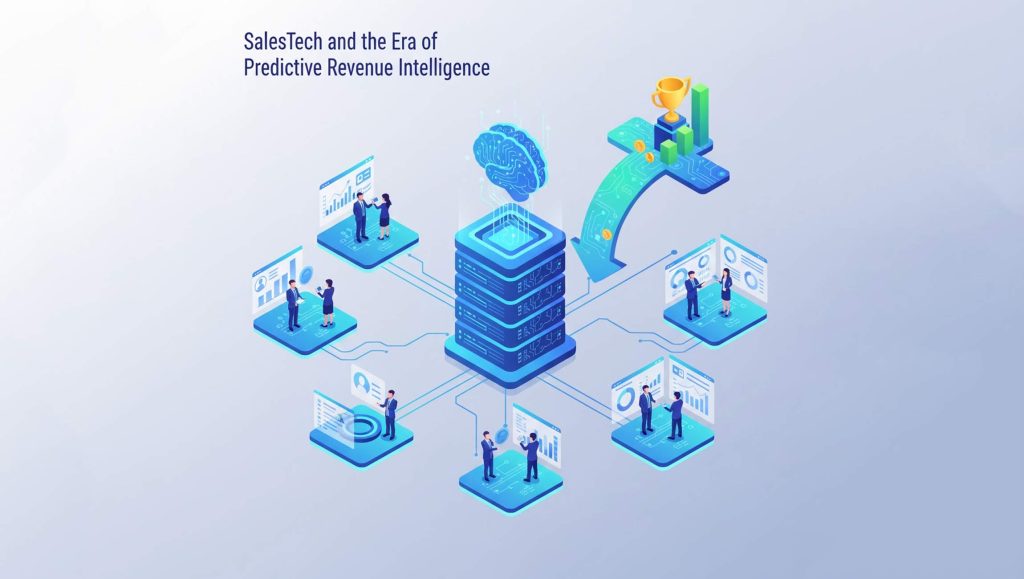SaaS or Software as a Service helps users to connect and use cloud-based apps. It is a software distribution model or, in simpler terms, a cloud service provider that gives the company access to applications and software essential for the company’s efficient functioning. SaaS is usually a pay-as-you-go service. It is a form of highly collaborative work.
Read More: Using AI To Drive The Sales Experience In 2022
Cloud service models fall under three hierarchies – SaaS, IaaS, PaaS
- IaaS – Infrastructure as a service such as storage, networking, servers, computing resources are provided in service for companies that do need but do not have these resources. These are mostly facilitated by physical data centres, server booths, networking units, and storage facilities. Network architects and IT administrators utilize IaaS resources.
- PaaS – Platform as a service includes runtime, middleware, O/S, visualizations, databases, programming language, application frameworks, and storage. It is manifested in the form of operating systems, software, database management tools, and development tools. The service provider issues access to resources for creating and developing applications passed over for SaaS usage. Software developers find the need for PaaS resources.
- SaaS – This is the complete collection of all services offered in the form of IaaS and PaaS. It includes cloud-hosted applications that help facilitate the above elements. End users who are companies who could use the support of software technologies for their better functioning are the utilizers of SaaS.
The reasons that companies need SaaS are as follows:
- IaaS – Neither does the company have to invest in hardware equipment, nor does it have to worry about managing an extensive group of professionals and software. By hiring IaaS options, the company saves a lot of effort, time, and money. The kind of effort, time, and money that can be invested in other aspects of the company.
- PaaS – The company is not subject to management expenses and software development expenses or any of the infrastructure and personnel involved in the process, giving more time invested in the process itself.
- SaaS – The company does not have to burden itself with installing and maintaining the applications on local devices. The Application Programming Interface (API) or websites or any other means facilitate access to the company personnel, but the data is stored and protected in a cloud setup. The SaaS provider deals with the storage, security, maintenance, and other aspects. Thereby they only leave the benefits of the software to the company while taking up all the collateral work.
Read More: Do You Use Your Email Signature To Drive Prospect Meetings And Sales ROI?
Global Growth Trends for SaaS
Many companies use SaaS to keep their companies updated with the latest software and applications without purchasing or maintaining those infrastructures. 78% of small businesses have already invested in SaaS. End-users have been predicted to spend over $480 billion in 2022 for amenities from SaaS. Here is a quick list of the largest SaaS companies in the world:
- Adobe – With a per market capital of $300 billion, providing services from a team of professionals, marketers, technicians, software engineers, and applications, allowing people to access quality software. Adobe CEO Shanthanu Narayen made the bold move to transition the company into SaaS Cloud-based services in 2009. The company still thrives with numerous acquisitions, investors, and collaborators every year.
- Salesforce – The company has a huge customer base of over 150 million clients and holds the world’s #1 Customer Retention Management services along with cloud-based resources. It has made its way to the Fortune500 list in the USA, becoming one of the leading high-income companies, with over $250 billion per market capital.
- Shopify – The company had a 225% growth in a matter of months, with $180 billion in per market capital. The founder and CEO of Shopify, Tobias Lutke, formulated m-POS in Shopify that enables users to access their business and complete transactions from various fronts. The platform accommodates high volumes of merchants through E-commerce.
- Intuit – The company issues multiple user-friendly products, software, and lower-priced applications to facilitate small businesses and personal finance users. The company grossed over $150 billion in per market capital in 2021.
- ServiceNow – The cloud-based software providing platform ensures that companies have a systemized digital workflow. They collaborate with leading brands like IBM, HP, SAP, and Centrify. The company has $127 billion in per market capital.
Other top organizations that provide services along the lines of SaaS are Microsoft, SAP, IBM, and Oracle.
Global brands around the world, both small and multi-national, are using SaaS, and the annual growth of the SaaS industry in 2022 is likely to increase by more than 18%. Organizations with more than 1500 employees have been reported to be affiliation with more than 150 SaaS companies. The market for SaaS is huge and is only predicted to continue growing. SaaS applications contribute 70% of an average company’s tech today.
Read More: Intent Data And The Future Of B2B Sales





















